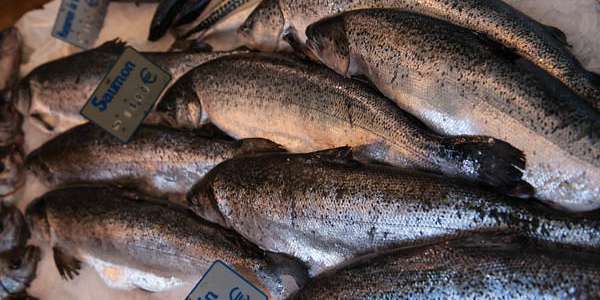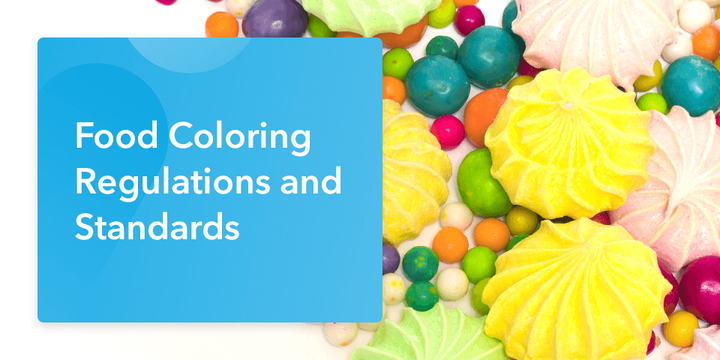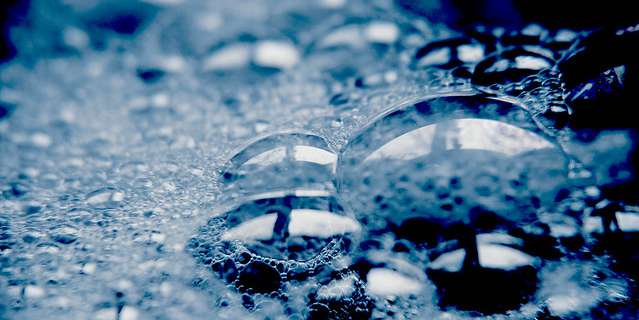Humans have evolved as highly visual creatures, using color as one of the most important signifiers of safety. From a red stop light to a brightly colored snake, color acts as an instant and instinctual visual alarm bell warning us of potential dangers. This use of color as an indicator of safety is perhaps most clearly evidenced by the act of pulling out a piece of fish from the refrigerator and asking, “Does this look okay to you?”
Unlike many color/perception relationships, the one between fish color and food safety is relatively linear; although even experts may not be able to distinguish between white and red wines in blind taste tastes, you can be pretty sure that if a fish looks bad, it is bad. The color change itself is an indicator of a specific sequence of biological events and the process begins almost immediately following death. As Nollet and Foldra point out in the Handbook of Seafood and Seafood Product Analysis:
“The appearance of a newly landed fish is unforgettable, in that the interplay of subtle shades of beautiful colors make it a joy to behold and irresistible as an item of food. Just a few hours after death, though, it begins to look less obviously attractive, and its now ‘ordinary’ colors are much more familiar to the majority of the public.”1
Just as familiar is the look of spoiled fish product: dull, lifeless, decaying, and carrying the potential for food poisoning.
But the determination of fish freshness isn’t just up to individual consumers; the seafood industry as a whole must take great care to assess the quality and safety of products throughout the supply chain, particularly at a time when traceability is a growing concern.
Spectrophotometric instrumentation provide an objective basis for the determination of fish freshness. Image Source: Pexels user Steyn Viljoen







